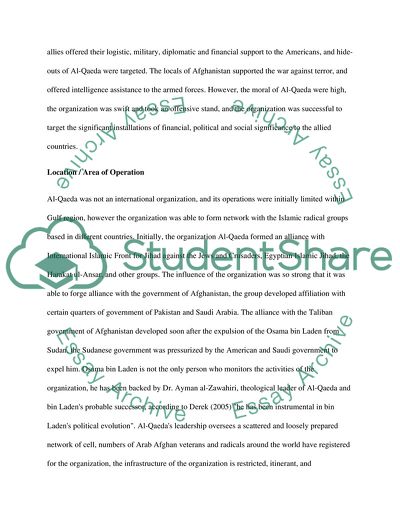Cite this document
(History of the Terrorist Group Al-Qaeda Case Study, n.d.)
History of the Terrorist Group Al-Qaeda Case Study. https://studentshare.org/history/1709936-terrorism-terrorists
History of the Terrorist Group Al-Qaeda Case Study. https://studentshare.org/history/1709936-terrorism-terrorists
(History of the Terrorist Group Al-Qaeda Case Study)
History of the Terrorist Group Al-Qaeda Case Study. https://studentshare.org/history/1709936-terrorism-terrorists.
History of the Terrorist Group Al-Qaeda Case Study. https://studentshare.org/history/1709936-terrorism-terrorists.
“History of the Terrorist Group Al-Qaeda Case Study”. https://studentshare.org/history/1709936-terrorism-terrorists.


